Collection
Theme
Country
- India (slavery location)
- Philippines (trafficked from)
- India (trafficked from)
- Philippines (slavery location)
- Democratic Republic of Congo (slavery location) 20 More
Date
Type
89 results
VOICES: Narratives by Survivors of Modern Slavery
This is the world's largest archive of modern slavery survivor narratives. Across more than a million words spoken or written by survivors of modern slavery, we can see why slavery persists in particular hotspots, analyse patterns in trafficking routes, identify vulnerabilities, understand more about the challenges survivors face in liberation, and discover new antislavery solutions. These narratives offer the chance to systematically design new antislavery strategies based on the experiences, ideas and solutions of enslaved people themselves.
The database is searchable by country, name, theme, and narrative date. Narratives can be viewed in list or map form. A short introduction provides context to each narrative. Narrative provenance appears after the main narrative text.
For ideas on how to use this database, please see our accompanying guide.
Project Lead: Zoe Trodd. Team Members: Andrea Nicholson, Lauren Eglen, Rosemary Pearce, Olivia Wright.
Project Funders: AHRC Antislavery Usable Past grant (2014-19), ESRC/AHRC PaCCS Modern Slavery: Meaning and Measurement grant (2016-19), and AHRC-GCRF Antislavery Knowledge Network grant (2017-2021).
For any queries about the collection please contact: [email protected]. If you wish to cite a particular narrative, please acknowledge the survivor’s name, the provenance of the narrative and cite: Voices Database, the Rights Lab, University of Nottingham.
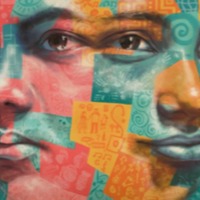
Ope
There are an estimated 11,700 people living in modern slavery in the United Kingdom. It remains a destination for men, women and children from countries across the world including Asia, Africa and Eastern Europe, often seeking opportunities for a better livelihood. The latest government statistics…
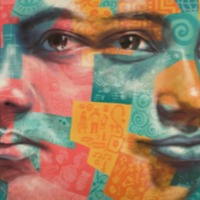
Jenny
At least one child a day is trafficked into Britain according the to the Human Trafficking Foundation, with children forced to work in the sex industry, domestic service, cannabis cultivation or as criminal on the streets. Child victims of human trafficking primarily originate from Romania,…
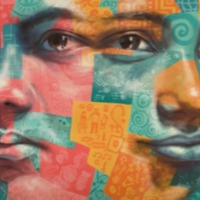
Tonya
Sex trafficking is a form of modern slavery that exists throughout the United States. Traffickers use violence, threats, lies, debt bondage and other forms of coercion to compel adults and children to engage in commercial sex acts against their will. The situations that sex trafficking victims face…

Park Ji-hyun
The Democratic People’s Republic of Korea (North Korea) is a source country for men, women and children who are subjected to forced labour and sex trafficking. Government oppression in the DPRK prompts many North Koreans to flee the country in ways that make them vulnerable to human…
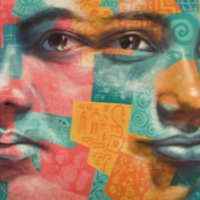
Remy
In the Philippines, women and children are subjected to sexual exploitation in brothels, bars, and massage parlours, online, as well as in the production of pornography. The Philippines is an international hub for prostitution and commercial sex tourism – a highly profitable business for…
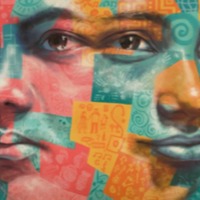
Ruhi
Entire families migrate every year from other states in India to find work in Punjab’s brick kilns. The survey data suggest that there are more than 18 million people or 1.4 percent of the total population, who are living in conditions of modern slavery in India. Industries implicated in survey…
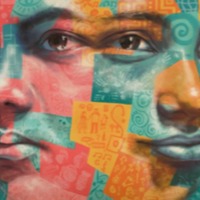
Sunita B
India has a population of more than 1.3 billion people, there are still at least 270 million people living on less than US$1.90 per day. While laws, systems and attitudes regarding key 'fault lines' such as the caste system, gender and feudalism are rapidly changing, social change of this depth and…
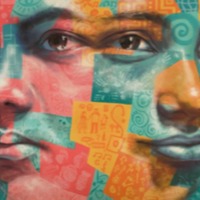
Aarya
Experts estimate millions of women and children are victims of sex trafficking in India. Traffickers use false promises of employment or arrange sham marriages in India or Gulf States and subject women and girls to sex trafficking. In addition to traditional red light districts, women and…
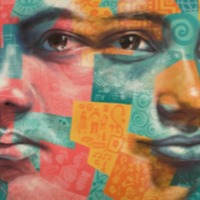
Aanya
India has a population of more than 1.3 billion people, there are still at least 270 million people living on less than US$1.90 per day. While laws, systems and attitudes regarding key 'fault lines' such as the caste system, gender and feudalism are rapidly changing, social change of this depth and…
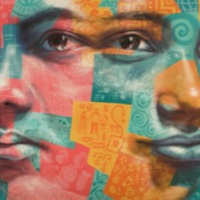
Sanjay
India has a population of more than 1.3 billion people, there are still at least 270 million people living on less than US$1.90 per day. While laws, systems and attitudes regarding key 'fault lines' such as the caste system, gender and feudalism are rapidly changing, social change of this depth…
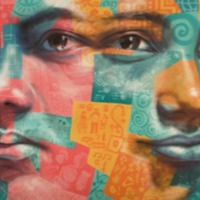
Anish
India has a population of more than 1.3 billion people, there are still at least 270 million people living on less than US$1.90 per day. While laws, systems and attitudes regarding key 'fault lines' such as the caste system, gender and feudalism are rapidly changing, social change of this depth and…
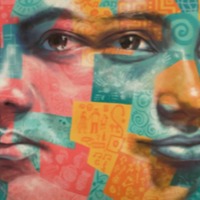
Rina
India has a population of more than 1.3 billion people, there are still at least 270 million people living on less than US$1.90 per day. While laws, systems and attitudes regarding key 'fault lines' such as the caste system, gender and feudalism are rapidly changing, social change of this depth and…
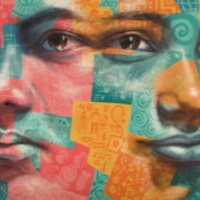
Theresa
Sex trafficking is a form of modern slavery that exists throughout the United States. Traffickers use violence, threats, lies, debt bondage and other forms of coercion to compel adults and children to engage in commercial sex acts against their will. The situations that sex trafficking victims face…
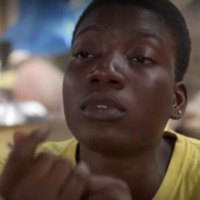
Hanou
Forced child labour remains a source of concern in Nigeria, according the International Labor Organization, the number of children working under the age of 14 in Nigeria is estimated at 15 million. These jobs include street vending, begging, car washing and shoe shiners, while a large number work as…
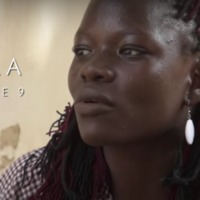
Bella
Forced child labour remains a source of concern in Nigeria. According the International Labor Organization, the number of children working under the age of 14 in Nigeria is estimated at 15 million. These jobs include street vending, begging, car washing and shoe shiners, while a large number work as…

Dede
Forced child labour remains a source of concern in Nigeria, according the International Labor Organization, the number of children working under the age of 14 in Nigeria is estimated at 15 million. These jobs include street vending, begging, car washing and shoe shining, while a large number of…
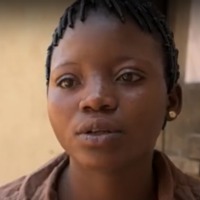
Rachida
Forced child labour remains a source of concern in Nigeria, according the International Labor Organization, the number of children working under the age of 14 in Nigeria is estimated at 15 million. These jobs include street vending, begging, car washing and shoe shining, while a large number of…
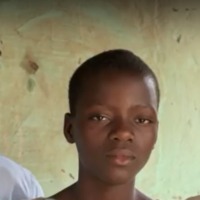
Esther A
Forced child labour remains a source of concern in Nigeria, according the International Labor Organization, the number of children working under the age of 14 in Nigeria is estimated at 15 million. These jobs include street vending, begging, car washing and shoe shining, while a large number of…
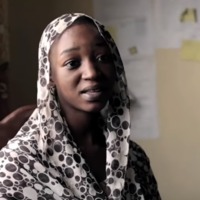
Lamana
Child, early and forced marriage is widespread in Cameroon. More than 1 in 3 girls in Cameroon are married before they turn 18 with variations across regions, in the North 73% of girls marry as children as opposed to 13% in the Littoral province. Lack of education is strongly linked to the…
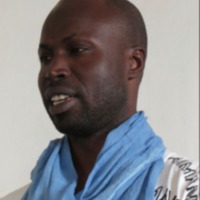
Moutarou
Across Senegal, an estimated 50,000 boys living in traditional Quranic boarding schools, or daaras, are forced to beg for daily quotas of money, rice or sugar by their Quranic teachers, known as marabouts. Known as talibés, these children are sent by their parents to daaras to learn the holy…